


This site uses cookies. We use cookies mainly to improve and analyze your experience on our websites and for marketing purposes. Because we respect your right to privacy, you can choose not to allow some types of cookies. Click on the different category headings to find out more and change your default settings. Blocking some types of cookies may negatively impact your experience on the site and limit the services we are able to provide.
Necessary cookies enable core functionality such as security, network management, and accessibility. You may disable these by changing your browser settings, but this may affect how the website functions.
Analytics cookies help us improve our website by collecting and reporting information on its usage.
We use cookies to make our ads more engaging and valuable to site visitors. Some common applications of cookies are to select advertising based on what’s relevant to a user; to improve reporting on ad campaign performance; and to avoid showing ads the user has already seen.
We use a set of cookies that are optional for the website to function. They are usually only set in response to information provided to the website to personalize and optimize your experience as well as remember your chat history.
If you are interested in linking, quoting, or reprinting information from Fox Thermal in whole or in part, please read our Fox Thermal copyright policy:
Linking to Fox Thermal Website
You are welcome to use short quotes from Fox Thermal in your website or blog as long as proper credit is given. Always Contact Fox Thermal before linking to the Fox Thermal website unless prior permission is given.
Reprint Permission
If you are interested in reprinting any of the content from Fox Thermal on your website, blog or in your publication, please contact Fox with your request. Information from Fox Thermal can be reprinted only after permission is given. You may not republish an entire Fox Thermal post without approval.
Print Media
You must print the full Internet address or document title (with Fox Thermal company name) where you received the information within your publication.
IP Addresses:
An IP address is a number that is assigned to your computer or network when you are on the Internet. When visitors request pages from our Web Site, our servers log the visitor's IP address. We may collect IP addresses for a variety of internal purposes, such as system administration, to report aggregate information to our business partners or to audit the number of visits to different pages on our Web Site. Please note that some services within our Web Site, such as certain message boards, may display IP addresses along with the message poster's name and message.
Copyright Violation and Misuse
If we discover a website, blog or published material using our website or literature content illegally, we will file a formal complaint.
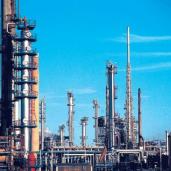
Natural gas flowmeters and flare gas flow meters are needed in the Oil & Gas industry.
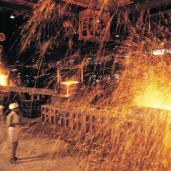
Efficiency in process heating applications is paramount, use a thermal mass flowmeter to measure the fuel gas to burners to look for inefficiencies.
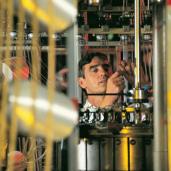
Operators want easy, accurate, and effective instruments to monitor flow. Fox meters are rugged industrial flow meters for use in harsh conditions.
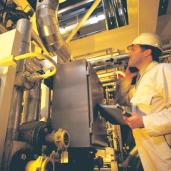
Accurate thermal gas flow meters from Fox help operators improve inefficiencies.
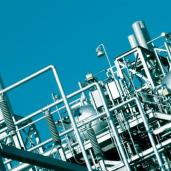
Thermal Mass flowmeters from Fox Thermal are ideal for industrial gas measurement applications.

Combustion optimization and gas measurement of fuel to burners and boilers is one common application for thermal gas mass flow meters from Fox.
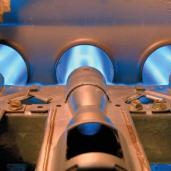
Finding the ideal air to gas ratio for burners, boilers, or heaters is made easy with a thermal mass flowmeter by Fox.
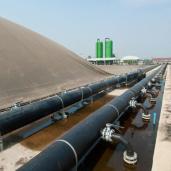
The measurement of the flow of biogas in applications such as landfills and the agricultural sector is a growing industry. A sensitive meter that can measure very low flows accurately, like the Fox Thermal Mass Flow meter, is the ideal instrument for this purpose.
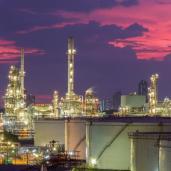
Measuring the very low flow rates of vent gas from oil and gas storage tanks takes a highly sensitive and accurate meter like the Thermal mass flow meter by Fox Thermal.
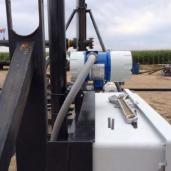
The Fox Model FT3 thermal mass flowmeter is shown here in a remote configuration at a oil well site.
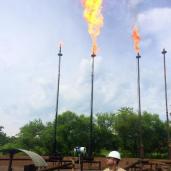
The Fox Model FT3 thermal gas mass flow meter is shown here measuring the gas in a fuel line to flares at an Oil & Gas site in South America.
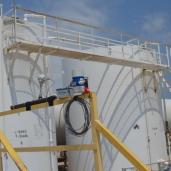
The Fox Model FT3 can also be used as a part of a testing kit to measure vent gas flow at Oil and Gas storage tanks.